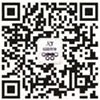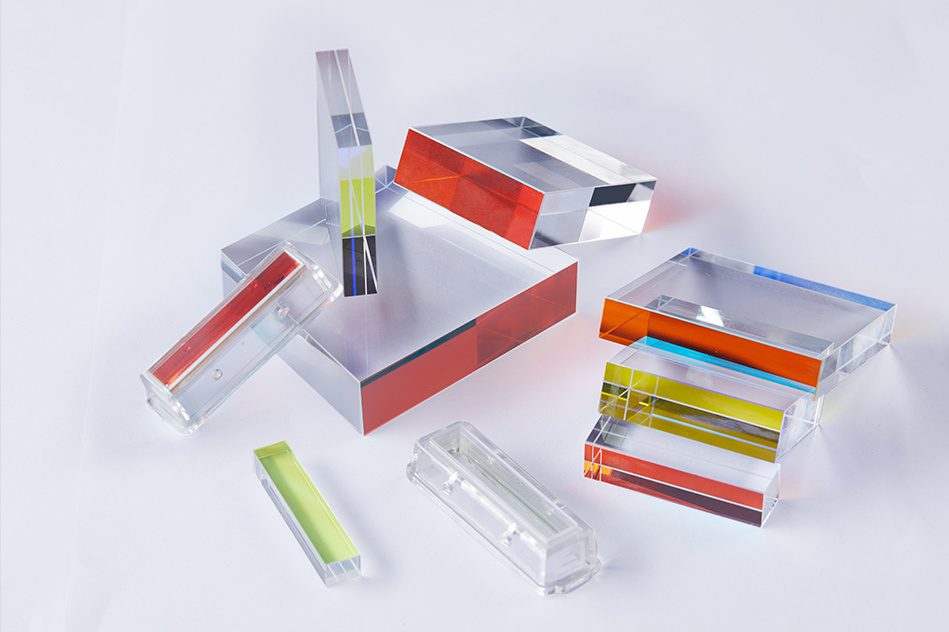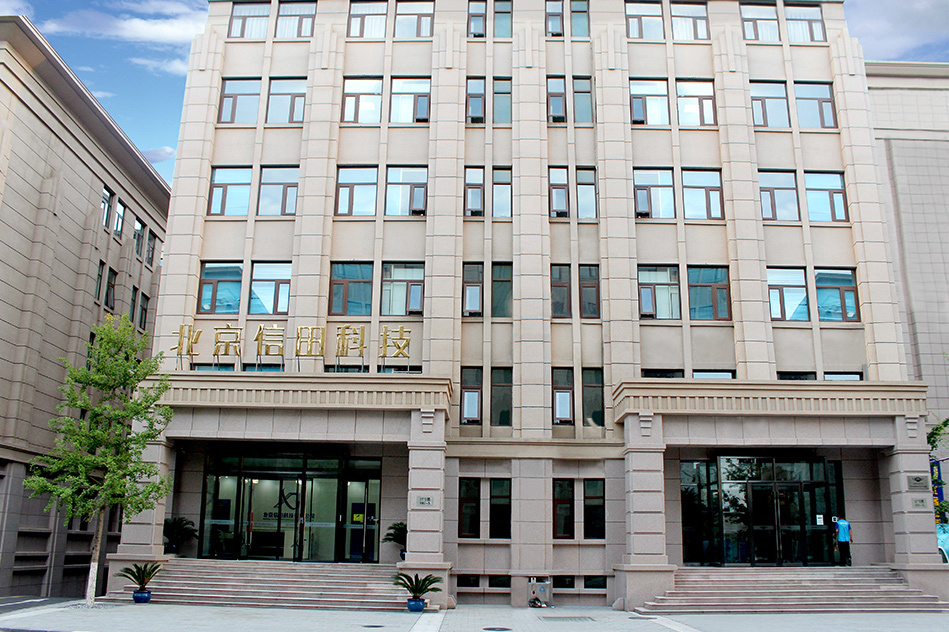Optical communication
Release time:
2024-03-08
Source:
According to the characteristics of the light source, it can be divided into laser communication and non-laser communication; according to the transmission medium, it can be divided into atmospheric laser communication and optical fiber communication; according to the transmission band, it can be divided into visible light communication, infrared optical communication and ultraviolet communication. Light is an electromagnetic wave with a wavelength usually in the range of 1 × 103 to 5 × 10-3 microns. The frequency of light is high, the frequency bandwidth of optical communication, the communication capacity is large, and the anti-electromagnetic interference ability is strong. Laser communication is the use of laser transmission of information
According to the characteristics of the light source, it can be divided into laser communication and non-laser communication; according to the transmission medium, it can be divided into atmospheric laser communication and optical fiber communication; according to the transmission band, it can be divided into visible light communication, infrared optical communication and ultraviolet communication. Light is an electromagnetic wave with a wavelength usually in the range of 1 × 103 to 5 × 10-3 microns. The frequency of light is high, the frequency bandwidth of optical communication, the communication capacity is large, and the anti-electromagnetic interference ability is strong. Laser communication is the use of laser transmission of information, laser is a highly directional coherent light; non-laser communication is the use of ordinary light source (non-laser) transmission of information, such as light communication. Atmospheric laser communication does not need to lay lines, which is easy to maneuver, but is easily affected by climate and the outside world. It is suitable for ground-based short-range communication and global communication through satellite reflection. Optical fiber communication using laser as light source, free from external interference, good confidentiality, wide range of use, suitable for long-distance and large-capacity trunk digital communication on land and across the ocean. Optical fiber communication using luminous tube as light source belongs to non-laser communication, which is suitable for short distance, small and medium capacity analog or digital communication. Visible light communication is the use of visible light (wavelength 0.76~0.39 microns) to transmit information. Early visible light communication used ordinary light sources, such as fire and light communication, light communication, signal flares, etc. Due to the large emission angle of the ordinary light source and the short communication distance, it can only be used as an auxiliary communication within the line of sight. Modern visible light communication has He-Ne laser (red) communication and blue-green laser communication. Infrared optical communication is the use of infrared (wavelength 1000~0.76 microns) transmission of information. Ultraviolet communication is the use of ultraviolet light (wavelength 0.39~5 x 10-3 microns) transmission of information. Generally speaking, both infrared optical communication and ultraviolet communication are non-laser communication. The equipment used in this communication is simple in structure, small in size, light in weight, and low in price, but it is easily affected by climate when transmitted in the atmospheric channel, and is suitable for auxiliary communication between coastal islands. Infrared optical communication can also be used for short-range remote control, broadcasting in the aircraft and communication between astronauts in the space shuttle. With the development of science and technology, non-laser communication has been partially replaced by laser communication. The way to transmit information using beacons and lights is simple visible light communication. In 1880, American A.G. Bell invented the optical telephone. During the Second World War, the optical telephone was used in the military. The light source is an incoherent light source. The transmission in the atmosphere is affected by the climate, the reliability is poor, the communication distance is close, and the communication quality is poor, which limits its development and application. In 1960, the advent of lasers solved the problem of light sources for optical communications. Due to the shortcomings of light transmission in the atmospheric channel, people have turned to the study of optical transmission lines, explored a variety of hollow waveguides and lens-type lines, and also began to study optical fibers. In 1966, Chinese scientist Gao Kun predicted that the optical fiber loss could be reduced to below 20 dB/km. In 1970, Corning Glass Company of the United States produced optical fiber with a loss of 20 dB/km, which enabled optical communication to enter a new stage of optical fiber as the transmission medium. With the continuous extension of the life of semiconductor lasers and the continuous reduction of fiber loss, various types of optical fiber communication systems have been put into use. Optical fiber communication will develop in the direction of long wavelength, single mode, ultra-low loss, dense wavelength division multiplexing, ultra-large capacity, coherent heterodyne detection, optical integration and all-optical communication without photoelectric conversion.
Key words:
Previous Page
Next Page
Previous Page:
Next page:
Recommended News
Beijing Xintian Technology Co., Ltd
Address: 102A, Building 27, Yard 2, Huanke Middle Road, U Valley, Liandong, Jinqiao Industrial Base, Tongzhou District, Beijing
Telephone : 0086-10-81314835/57323722
0086 182 1070 6870 (English)
WhatsAPP : 0086 182 1070 6870
Wechat ID : 0086 182 1070 6870
Fax : 86-10-57323723
E-mail : sales@xt-optic.com
wangdi@xintian-tech.com
Contact person : Mr.WangDi

Scan code attention to us
Copyright©Beijing Xintian Technology Co., Ltd








